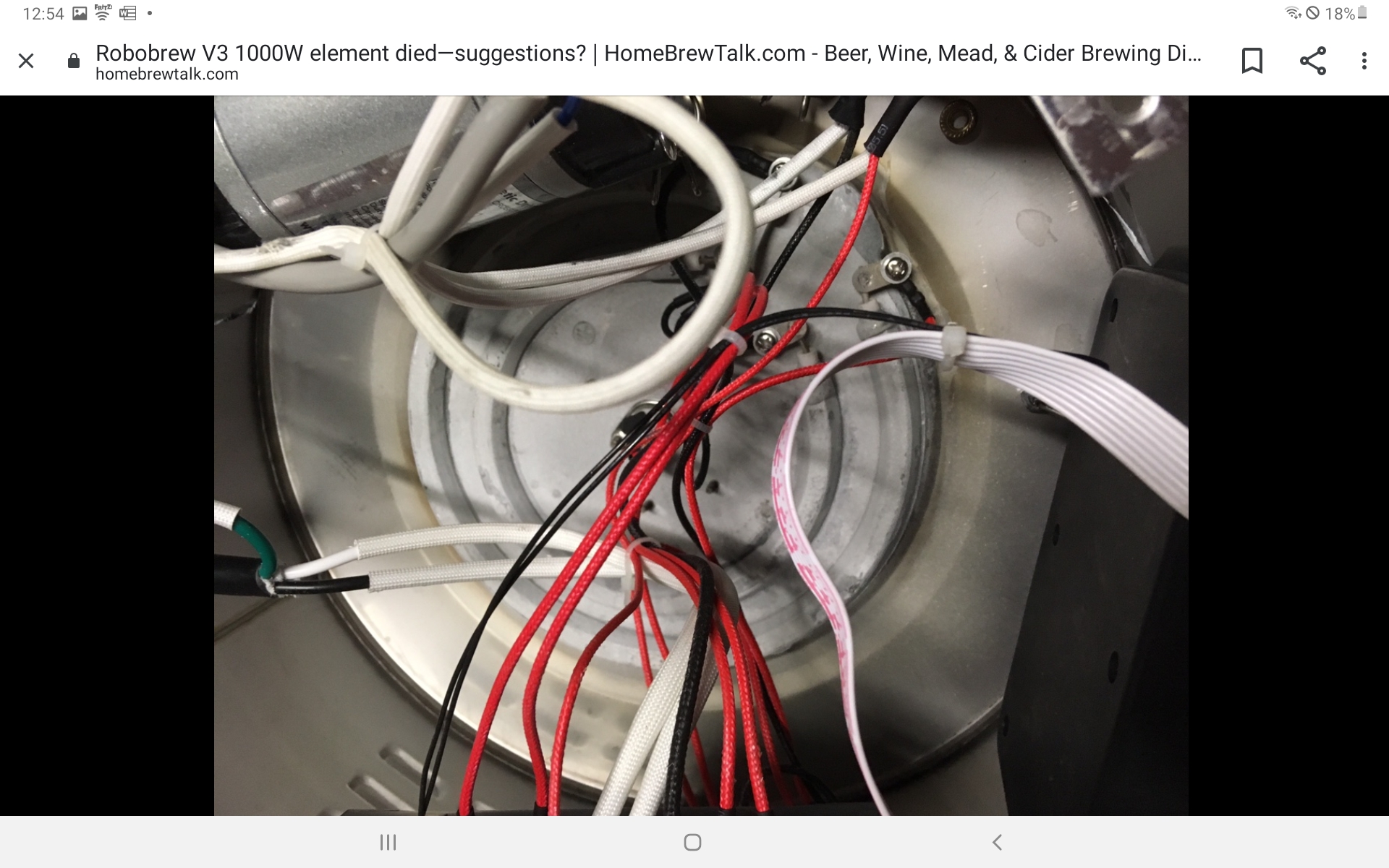What’s the most grain anyone has managed to force into their 65L? I was told by KegLand you could get up to 18kg in there.
I did a Barley Wine today with 15.5kg. I started off with all the water in the BrewZilla ready to go, which was 51L. It didn’t look to me that all that water and grain would fit, so I dropped it to 45L and started mashing in. I got 13kg in by the time it was about to overflow. The mash was really thick by that stage, so there’s no way I could have used less water in order to get more grain in. I don’t see how you can get anywhere near 18kg in there.
I decided to just throw the last 2.5kg in the 6L I had heated up and did a basic mash in that pot. When I lifted the malt pipe I just poured the second pot into the malt pipe. Obviously I had no water left for sparging, so the efficiency was really poor. But I still managed to get to 1.116. Not quite as high as I hoped though. Anyway, it was another good learning experience.

















![Craft A Brew - Safale BE-256 Yeast - Fermentis - Belgian Ale Dry Yeast - For Belgian & Strong Ales - Ingredients for Home Brewing - Beer Making Supplies - [3 Pack]](https://m.media-amazon.com/images/I/51bcKEwQmWL._SL500_.jpg)









































